Lorenzo Fusi is new to Alberta. Arriving seven months ago from Liverpool, the academic curator of the Illingworth Kerr Gallery at the Alberta College of Art and Design in Calgary began taking notes.
“You start looking around and looking at what people are hanging on the walls, what art looks like in the area, and of course here there is a strong tradition and history of landscapes, mostly painting, some photography,” he said over the phone. “And so I started thinking, what can we do at the gallery that speaks to this genre, but at the same time is challenging more conventional readings and interpretations of landscape traditions. How can I talk to local audiences in a way that pushes them a little bit beyond their comfort zones?”
The resulting show, “Performing the Landscape,” which opens in Calgary on September 22, brings together some 14 artists whose video works contain a performative element: artists acting out gestures into desolate or isolated locations.
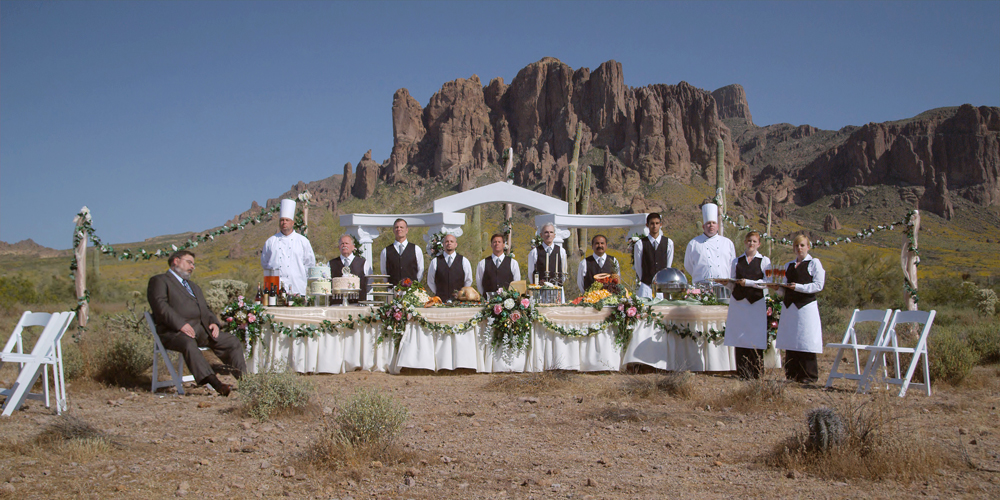 Hans Op de Beeck, Celebration, 2008.
Hans Op de Beeck, Celebration, 2008.
Fusi was inspired by theories about the sublime, the phenomena of being “so overwhelmed that you feel powerless or disempowered,” he says. “Oppressed by the enormity of what you see.”
“I was trying to think: what strategies are these artists bringing to the fore in order to re-humanize and reconcile themselves somehow towards the immense and unspeakable? I noticed that all of the artworks do this by introducing elements of irony and sort of a Beckett-ian attitude that brings nonsensical but human action into this immensity. This offers a way to re-scale the environment, to bring it more into familiar terms.”
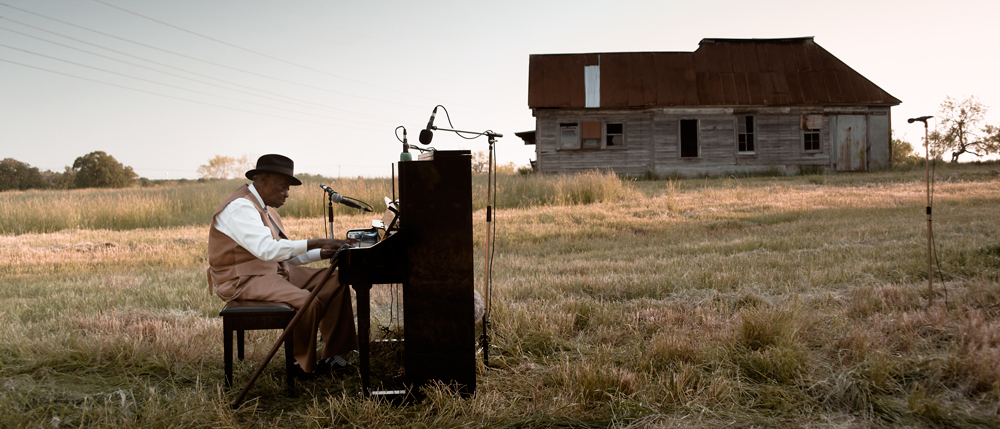 Ragnar Kjartansson, The Man, 2010. Courtesy Thyssen-Bornemisza Art Contemporary Collection, Vienna.
Ragnar Kjartansson, The Man, 2010. Courtesy Thyssen-Bornemisza Art Contemporary Collection, Vienna.
The nonsensical actions range from the mundane to the absurd. In Ragnar Kjartansson’s The Man, legendary pianist Pinetop Perkins plays at an upright piano in the middle of a sun-scorched field, chatting away between riffs as if there’s a rapt audience surrounding him. Miruna Dragan and Jason de Haan’s 2011 collaborative work, The Wood and Wave Each Other Know, similarly introduces music into isolation by following wildfire lookout Daniel Bosch, who turned his post—a tiny cabin on the tallest tower in Alberta—into a resonant chamber in the process of trying to practice cello. In a work by Julian Rosefeldt, a disoriented looking clown stumbles into the frame, which is focused on an otherwise empty shot of tropical forest.
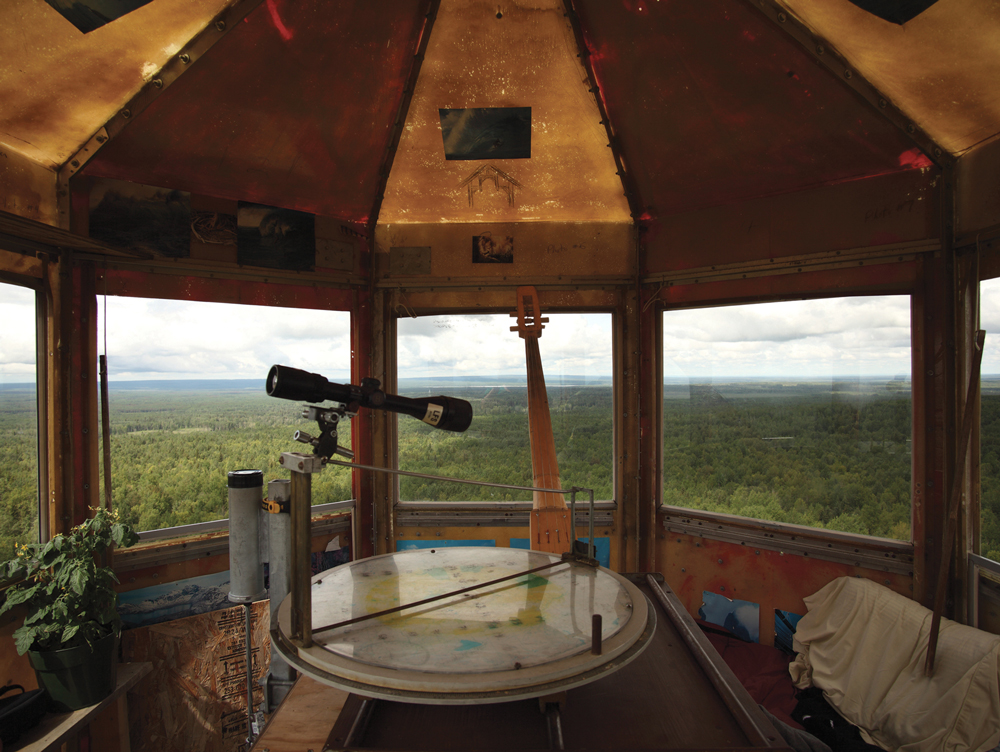 Miruna Dragan and Jason de Haan, The Wood and Wave Each Other Know, 2011.
Miruna Dragan and Jason de Haan, The Wood and Wave Each Other Know, 2011.
Though united by their focus on largely empty landscapes and performative gestures, the exhibition nevertheless brings together a disparate group of artists. “The selection reflects the way I would like to work with my colleagues here and with artists based in Calgary. I don’t want to confine them, I would like them to be contextualized in the global system,” says Fusi. “Instead of creating reservoirs where only domestic artists are represented, I would like to retain a global perspective where Canadian art and Albertan art is included.”
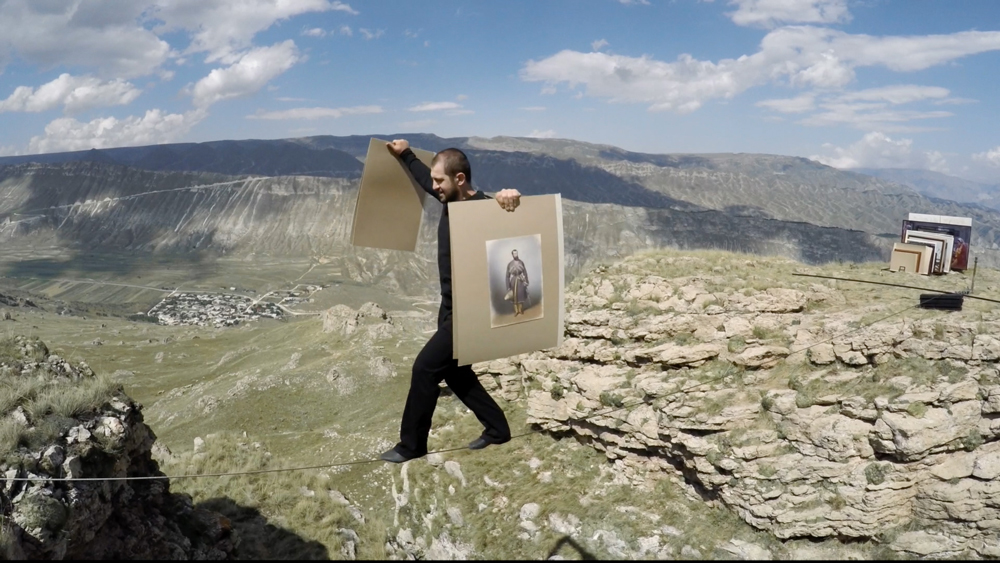 Taus Makhacheva, Tightrope, 2015. Courtesy Lawrie Shabibi Gallery, Dubai.
Taus Makhacheva, Tightrope, 2015. Courtesy Lawrie Shabibi Gallery, Dubai.
The exhibition also takes a broad approach in its installation, as works will expand well beyond the IKG to venues across Calgary, including Contemporary Calgary, Glenbow, Stride Gallery and Truck. Utilizing project spaces or other alternative spaces (most of the main galleries were already programmed in the short timeframe that the show was being organized in) offered Fusi the chance to make his curatorial ethos clear from the outset. “I really wanted to prove to the local community that I am not here to teach anyone,” says Fusi. “I am here to collaborate with as many people as possible.
“We need to create a coalition in the contemporary art world here in Calgary, because audiences are really small, and we have to think of every single opportunity to expand them.”
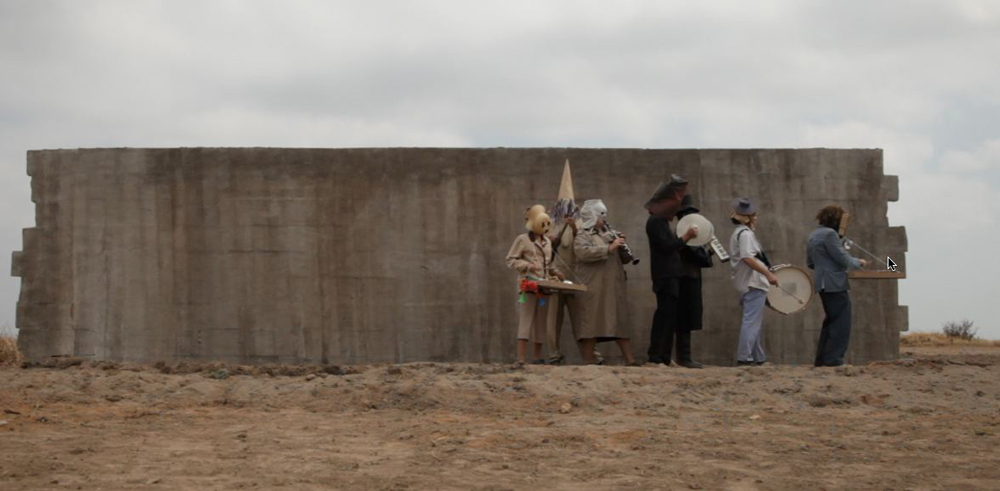 Sara Ramo, A Banda dos Sete (The Band of Seven), 2010. Courtesy Galeria Fortes Vilaça, Sao Paulo.
Sara Ramo, A Banda dos Sete (The Band of Seven), 2010. Courtesy Galeria Fortes Vilaça, Sao Paulo.
Acting as a liaison between the international art world, Calgary audiences and ACAD is in line with the new role that Fusi is fulfilling. After eliminating the director/curator position at the gallery, the academic curator position has a slightly different focus.
“The gallery as I understand it now is considered one of the departments of ACAD,” he explains. “And I think the main change has been a stronger desire to have the gallery operating within the institution in a more cohesive way, creating more conversations with the other departments and the rest of the faculty. My position is now faculty, and so that implies that I will also lecture, at some point, and mentor.”
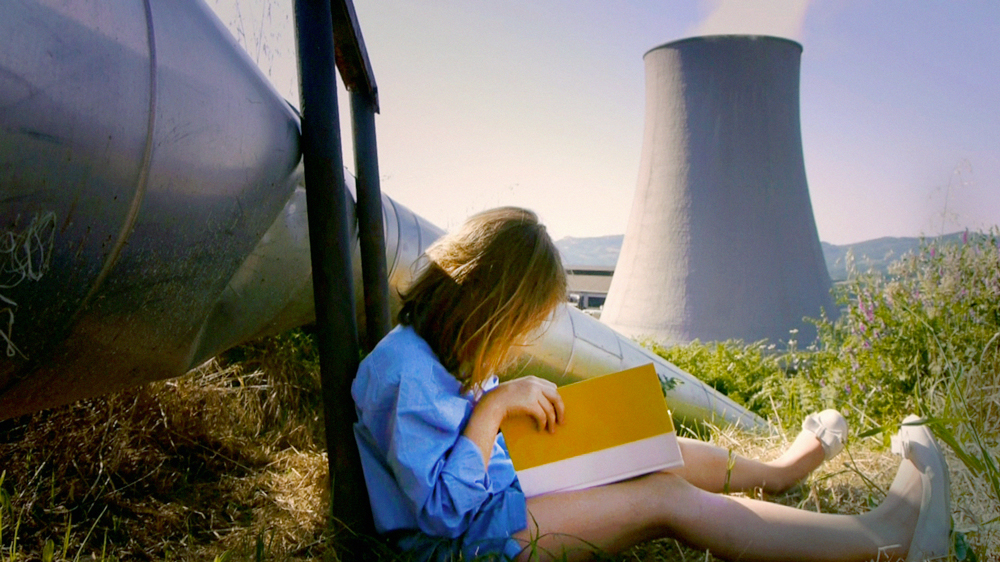 Mikhail Karikis, Children of the Unquiet, 2013–14. Edition 1 of 5.
Mikhail Karikis, Children of the Unquiet, 2013–14. Edition 1 of 5.
This desire to reach out to new audiences is also something Fusi will be working towards with public art—something of a contentious issue in the wake of Inges Idee’s Travelling Light, a work that might chart as the most derided piece of public art in Canada.
“The blue ring is the most infamous piece of art in the world,” laughs Fusi. “I’d like to set up a meaningful conversation about public art. One of the next projects I will be planning for 2017 is really to think collectively and collegially about public art in collaboration with the City of Calgary and other institutions and try to create a school of public art. We need to raise the profile, the thinking, the level of the dialogue that we’re having here.”

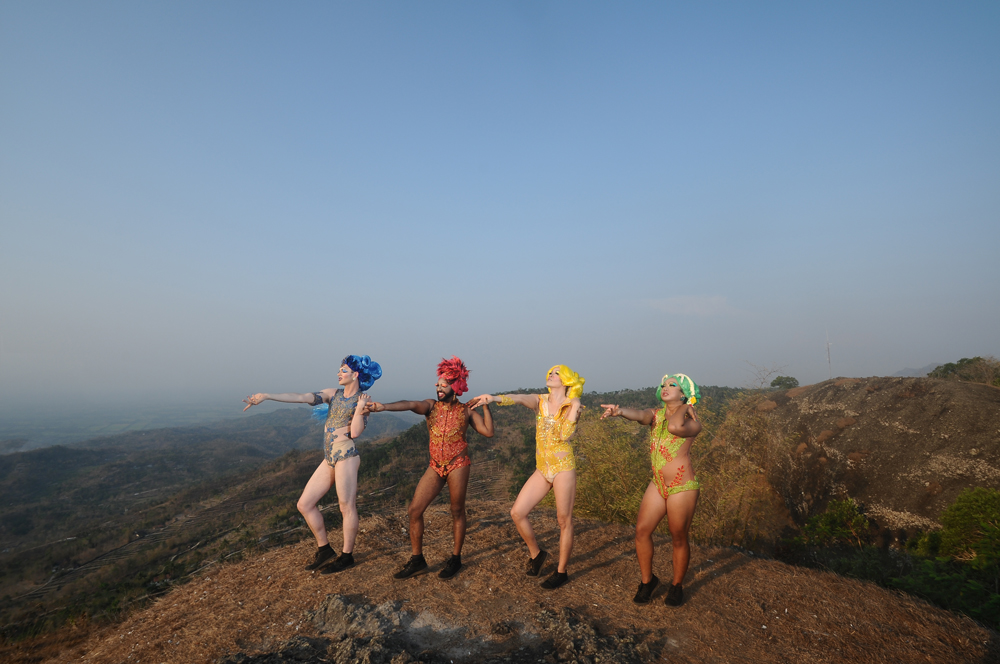 Ming Wong, Aku Akan Bertahan / I Will Survive, 2015.
Ming Wong, Aku Akan Bertahan / I Will Survive, 2015.







